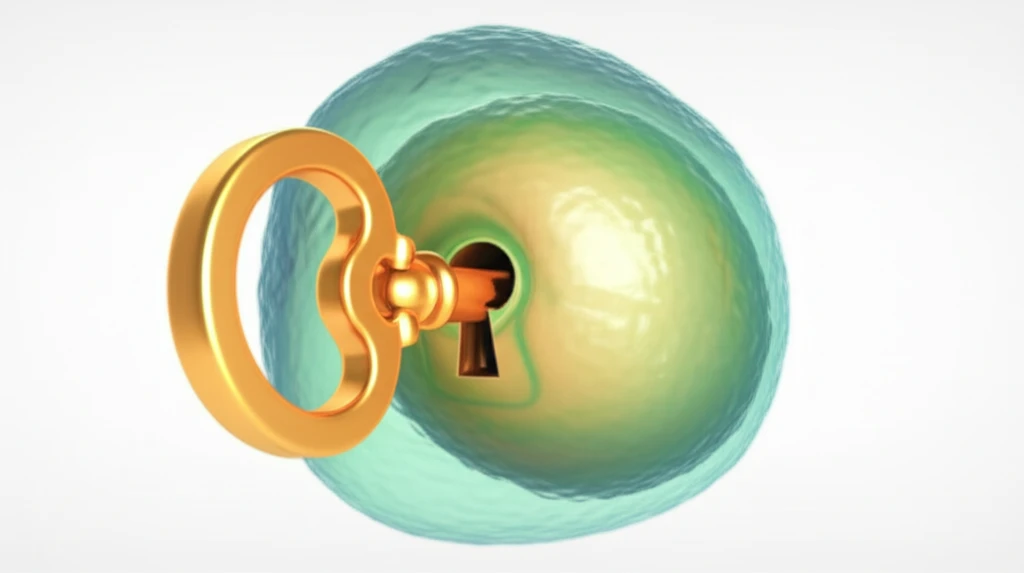
Unlock Your Body's Potential: How Celastrol Could Revolutionize Weight Management
"Discover the natural compound, Celastrol, derived from traditional Chinese medicine, and its promising effects on obesity and stem cell therapy."
Stem cells are extremely important, because they can transform into many different functional cells. Scientists are particularly interested in human mesenchymal stem cells (hMSCs) due to their ability to differentiate into various types of cells, including bone, cartilage, muscle, and fat cells. This ability makes them super useful for therapies. In this article, we'll delve into these hMSCs, focusing on their potential to address obesity and aging-related issues.
Obesity isn't simply about weight. It's often linked to increased fat cell size and number due to an imbalance between fat production and breakdown. Scientists have been trying to understand this process, especially how fat cells develop. However, studying human fat cells has been difficult because of the lack of reliable human fat cell lines. That's where human adipose-derived stem cells (hADSCs) come in, offering a promising tool for obesity research.
Now, let's introduce Celastrol, a natural compound from the Chinese herb Tripterygium wilfordi. Studies have shown it has anti-obesity effects. This article will explore how Celastrol affects hADSCs, specifically looking at how it might stop them from turning into fat cells. We'll also consider its impact on other cell types and discuss the exciting possibilities this research opens up for stem cell therapy.
Celastrol: Nature's Fat-Fighting Compound?

The study found Celastrol significantly impacts how hADSCs differentiate into fat cells. Researchers tested different Celastrol doses on hADSCs and found that it could inhibit lipid accumulation, a key sign of fat cell formation. This effect was dependent on several factors, including the dose of Celastrol, how long the cells were exposed to it, and when it was administered during the differentiation process. The magic dose? The scientists found that concentrations between 200 to 500 nM of Celastrol for 14 days was highly effective.
- PPARy (peroxisome proliferator-activated receptor gamma): This protein is a master regulator of fat cell differentiation. Celastrol decreased its expression, effectively putting a brake on fat cell formation.
- CEBPA (CCAAT/enhancer-binding protein alpha): Another important transcription factor, CEBPA also saw its activity reduced by Celastrol.
The Future of Celastrol in Obesity and Stem Cell Research
This research indicates that Celastrol has significant potential in managing obesity by preventing fat cell development. By impacting key proteins like PPARG and CEBPA, Celastrol could offer a new way to tackle weight management at a cellular level.
The study also highlights the importance of considering individual factors like age and duration of treatment when using Celastrol. While the anti-obesity effects of Celastrol appear consistent across different age groups, further research is needed to fine-tune its application for personalized medicine.
As scientists continue to explore Celastrol's potential, it could pave the way for innovative stem cell therapies targeting not only obesity but also a range of other conditions. With its ability to influence stem cell differentiation, Celastrol represents a promising avenue for future medical breakthroughs.
